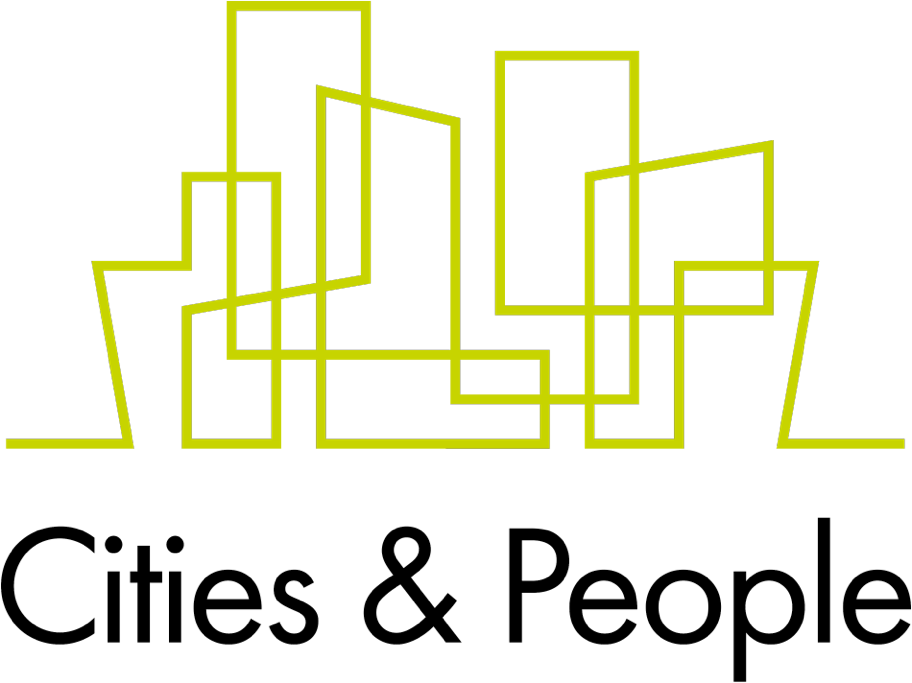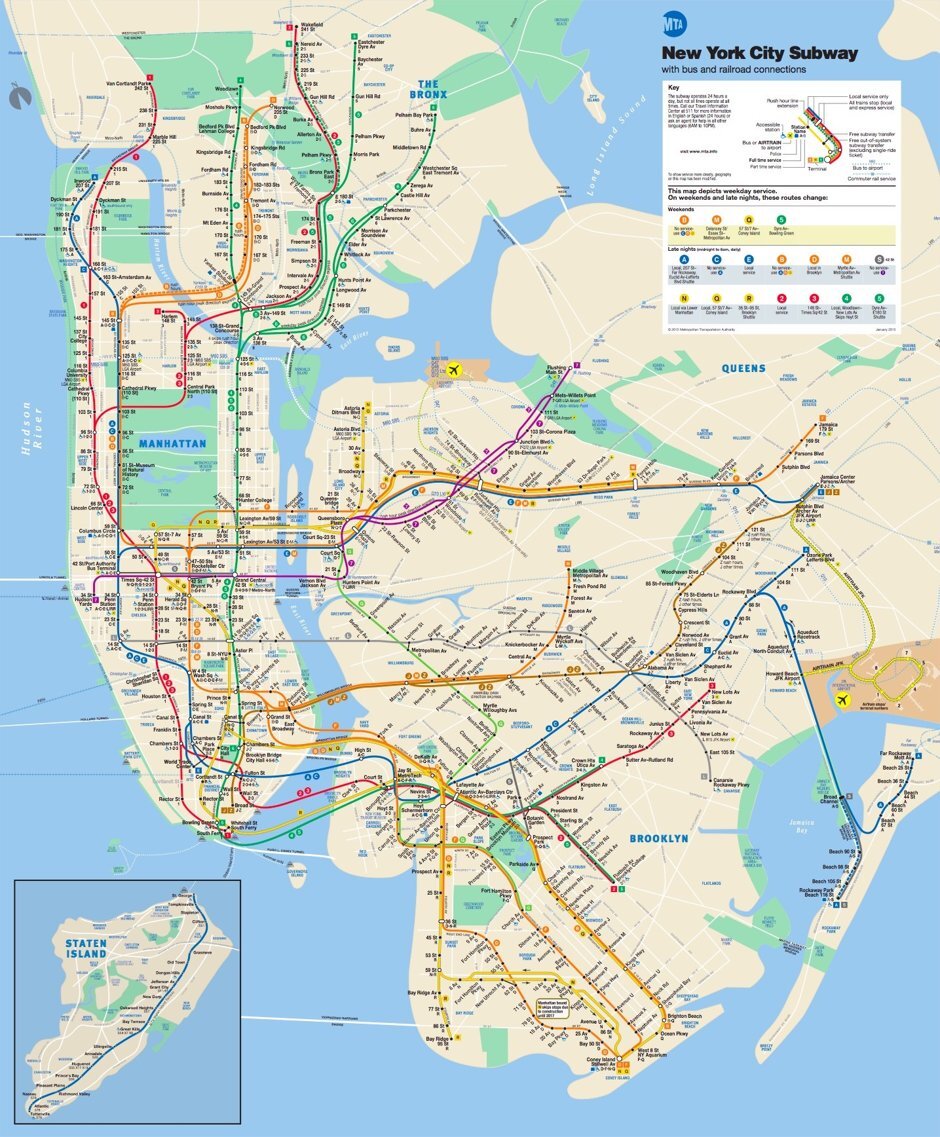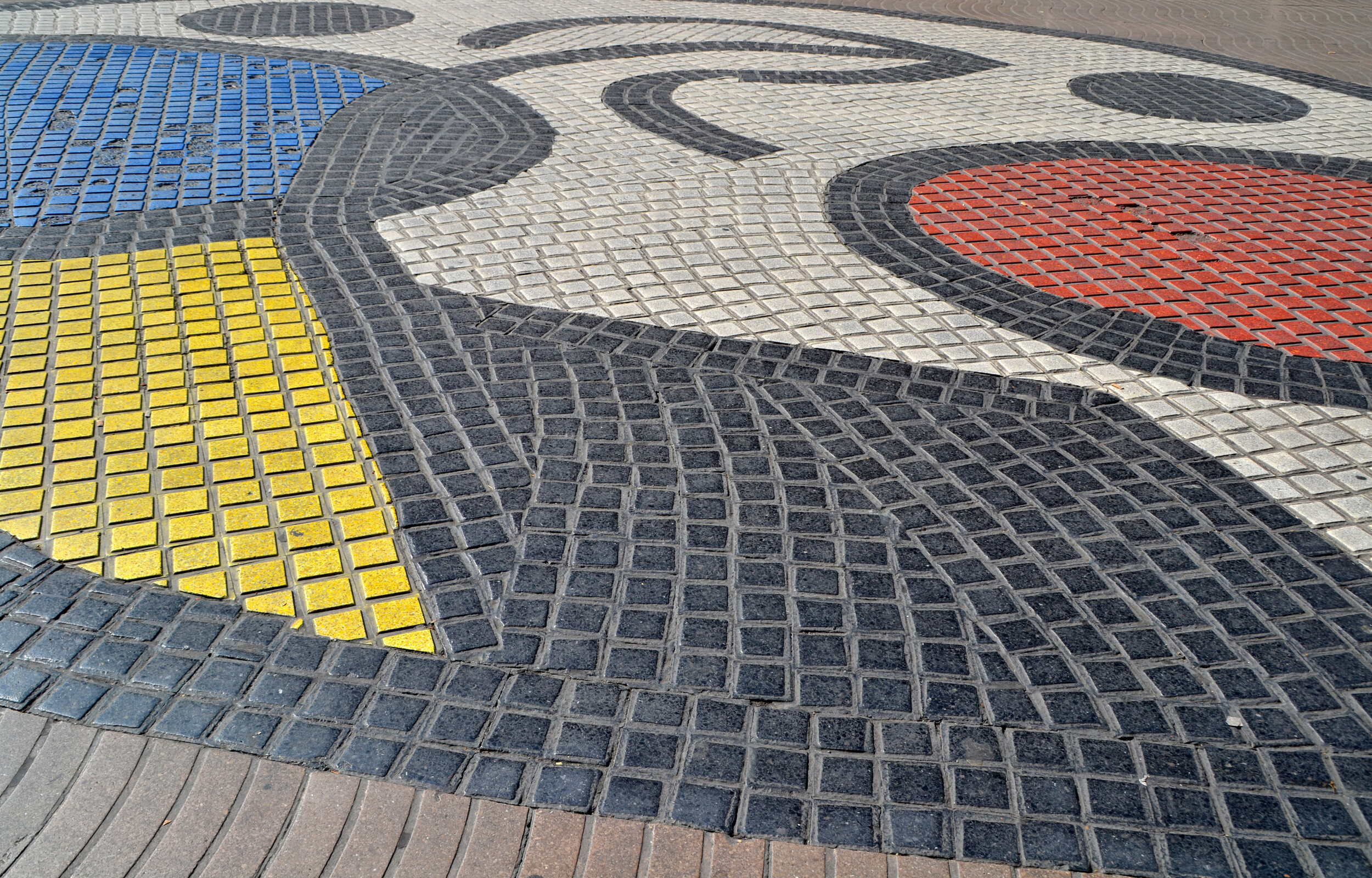Connecting with Data in Nvivo and Miro
I've been head-down in a Miro web for a couple of weeks now, and until just recently, I really felt like what I was producing was a dystopian subway map for a city with a department full of deranged transportation planners. While my client wanted a concept map of the data I'd collected over the last few months – or at least bubbles – and it seemed like a great excuse to try out making my own Miro board, there have been times along the way that I've wondered if I'd made a huge error in judgement by choosing this tool. But now that the initial learning pain is subsiding, I'm definitely on Team Miro.
One thing I've learned is that I could have written about three detailed research memos, including tables and graphics, with the time I've spent learning and using and reshaping my Miro board. Though I hadn't thought of the two products as similar, I'm realizing now that I had a similar experience when I learned NVivo years ago ("Learn with a real project!" Delwyn Goodrick had urged convincingly in a qualitative analysis course I took with her, but in retrospect, I don't think she meant from scratch and on a deadline.)
New York City Subway Map. Not dystopian, but definitely complex.
Though these two products are not designed for the same use, they both have a core capacity for managing and engaging with qualitative data. For Miro, the emphasis is on collaboration, including with stakeholders, while I don’t find that I use NVivo in any collective capacity beyond team storage and one-at-a-time team-member analysis needs, with a few additional bells and whistles. Another major difference between the NVivo and Miro experience in my own use, I've found, is the way I relate to the data I capture and use in each. (Another has to do with reporting. Today, I'm thinking about the former, though in a few weeks, I may come back and share my thoughts on the later.)
Coding My Nightgowns in NVivo
Something that has concerned me in my use of NVivo is that the more I organize my data, the further away my data seem to get from me. Granted, I'm not even an intermediate user yet and so am not using all the tools to their full extent, and granted, in bringing my orientation and skills from a far-away background in technical writing I tend to chunk smaller than the average researcher might, but I find that all of the nesting creates a relationship with my data that is neither "big picture" nor "granular." It's more like putting the laundry away.
For me, putting laundry away generally means two activities. One, I hang up the things I clothes I wear quite a bit so as to make them presentable without ironing, and two, for non-public-facing items, I shove things in the front of my dresser while the things in the back get more and more compacted. These compacted drawers stay compacted because the drawers are so full that I can't really open them all the way and so I can only pull the same subset of items out of the front in heavy rotation. The other day, I pulled everything out of my crammed pajama drawer looking for a pair of flannel pajama bottoms and found instead two nightgowns I don't even remember ever wearing before – or buying.
It's kind of like coding qualitative data in Nvivo. If all my data were laid out on the floor around me in some fashion, I could never escape its breadth, not even peripherally while honing in on some specific code or case. But when it is tightly nested away from me in folders, I am more likely to pay attention to what is on top, so I have to make sure I'm digging into the backs of those drawers regularly if I'm going to keep my data at the front of my brain.
What really happens with my drawers though may work in this analogy as well. In order to really use my drawers in a way that serves me, I need to pull out and get rid of all of the pajamas, socks, underwear, and old t-shirts that don't spark joy so that I can provide more loving circulation for the items I like more. This is what happens when we code our qualitative data, in a sense. Even if "get rid of" means to keep in deep storage. If you never look in deep storage, it might as well be the city dump, eh?
Making the Most of the Endless Surface of My Closet Room
In Miro, I have a tendency (so far) to feel freer throwing outliers up on the board, making an area for tangents, and even building out little fiefdoms that are a step or two away from my research focus but that my gut tells me my client (or even her other consultants working on another piece of this project) are going to find useful. I can also include a spreadsheet on the board with informant characteristics and links to the raw data. And also – because I'm both a technical writer and an art historian, a rhetorician and a sociologist – I can include "artifacts" (images, news stories, informant quotes) on my board that stay in plain sight. I use frames to organize the nodes on my map (for both ease of recording data and shaping data stories and to share with my client).
Joan Miro Mosaic on La Rambla Street, Barcelona, Catalonia, Spain
I predict your burning question is, "But how does Miro relate to your pajama drawer?" Naturally you'd ask that! So here's the thing. My pajama drawer is in a dresser, and that dresser is in the corner of a room, and that room is in an old Edwardian apartment with barely any closet space. So, that room? We made it into a closet unto itself. There are garment racks, shoe racks, dressers, laundry hampers (also on wheels), and even a stand-up steamer for those rare occasions one of us needs to look steamed.
When I think of Miro in the context of my pajamas and socks, I think of it as that whole room. We outfitted the room with fixtures that are adjustable and movable so that things could be rolled around as needed to accommodate what the room contains – rather than having to constantly throw things out or find alternative storage because we didn't have enough closet space. And we were careful to make sure that everything could be pretty much in sight (unless it's in the back of a drawer). So, for instance, we each have several clear-fronted clothing bins where we keep our large collection of San Francisco Giants attire.
There's a downside though. With so much space, we've accumulated more stuff than we need. Gordon was already a packrat, but I prefer a more minimalist approach. So I had to make a rule for myself – no more hangers (wire or otherwise). I only have a few extra hangers, and if at some point I've got more clothes than hangers, I need to run through what I've got and see what I haven't been wearing and am unlikely to wear. This is pretty easy since everything is nicely organized on racks – dresses in one spot, cardigans and jackets in another, etc.
I find this to be a necessary step on Miro as well. With so much space, it's easy to be less discerning in what is included. While NVivo requires me to check out my crammed subfolders to keep my data fresh in my brain, Miro requires me to look at the bigger picture and ask, "Is this too much? Should I tuck anything in a drawer? Should I consolidate?" And my hanger limit? I think of that as the frame limit I hold myself accountable to on Miro, much in the same way I hold myself accountable for slide limits in presentations.
Your Clothes Storage May Vary
Will this be your experience with Miro and NVivo? No way. Your closets and drawers may look entirely different than mine or you might have a different philosophy of clothing storage altogether. And keep in mind that I've focused mainly on the differences in my user experience here. I've been surprised to find that Miro and NVivo have much more in common than I thought they would. For instance, you can use tags in Miro that function much like codes. You can emulate NVivo's nesting on Miro in various ways (like with sticky-notes and frames, visually layering items), and of course with NVivo, you can forego so much nesting and keep your data nearer to "the surface" if that's useful.
Though I like each of these tools for different reasons, I imagine that I'll use Miro more often in the future. I have long-term projects already stored and coded in NVivo and they will continue there, but Miro has features that allow me to collaborate with my clients, co-creating meaning from data in smart ways. I'm anxious to keep working with these features to build my capacity, and I'd love to hear the ways you are using Miro in your work as well.


